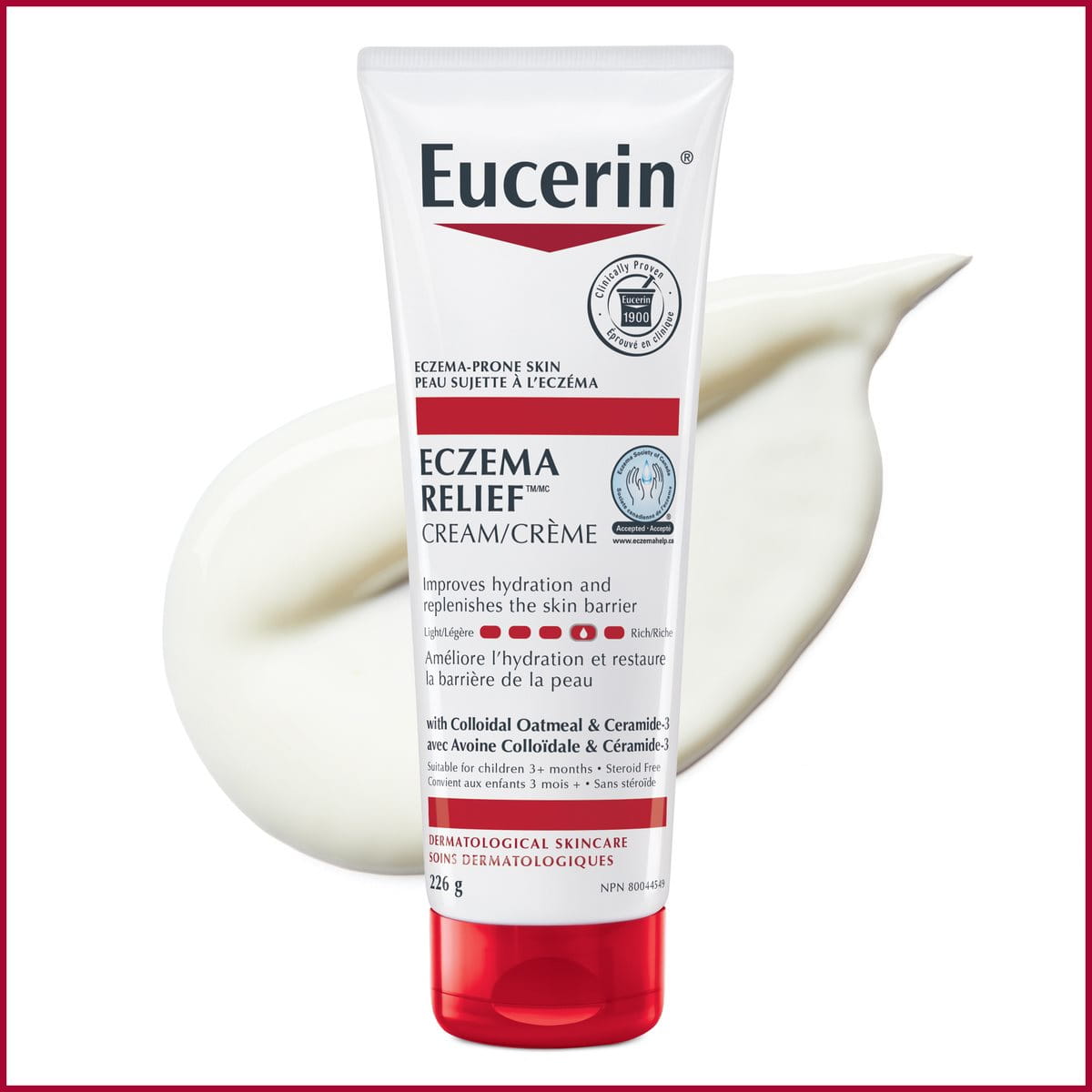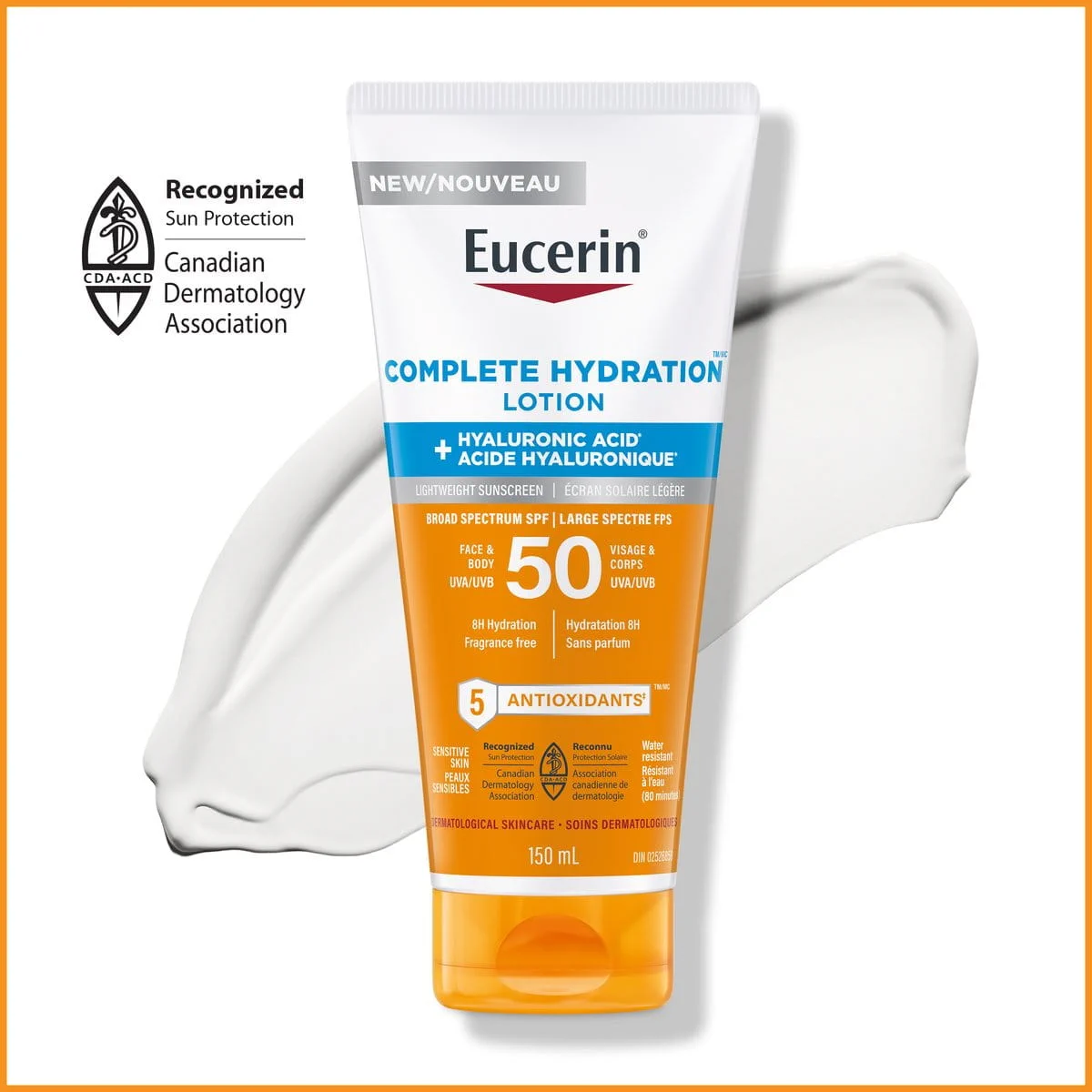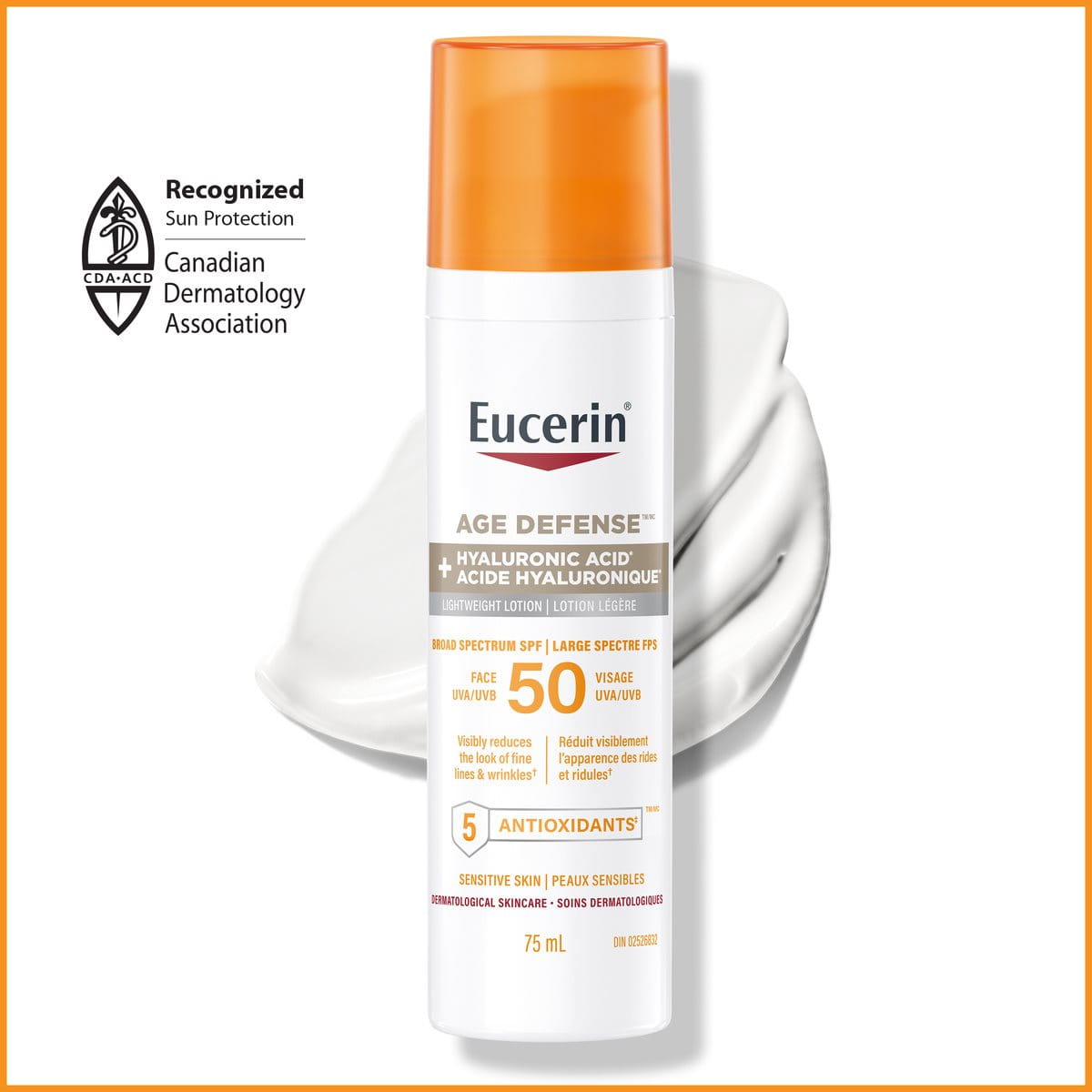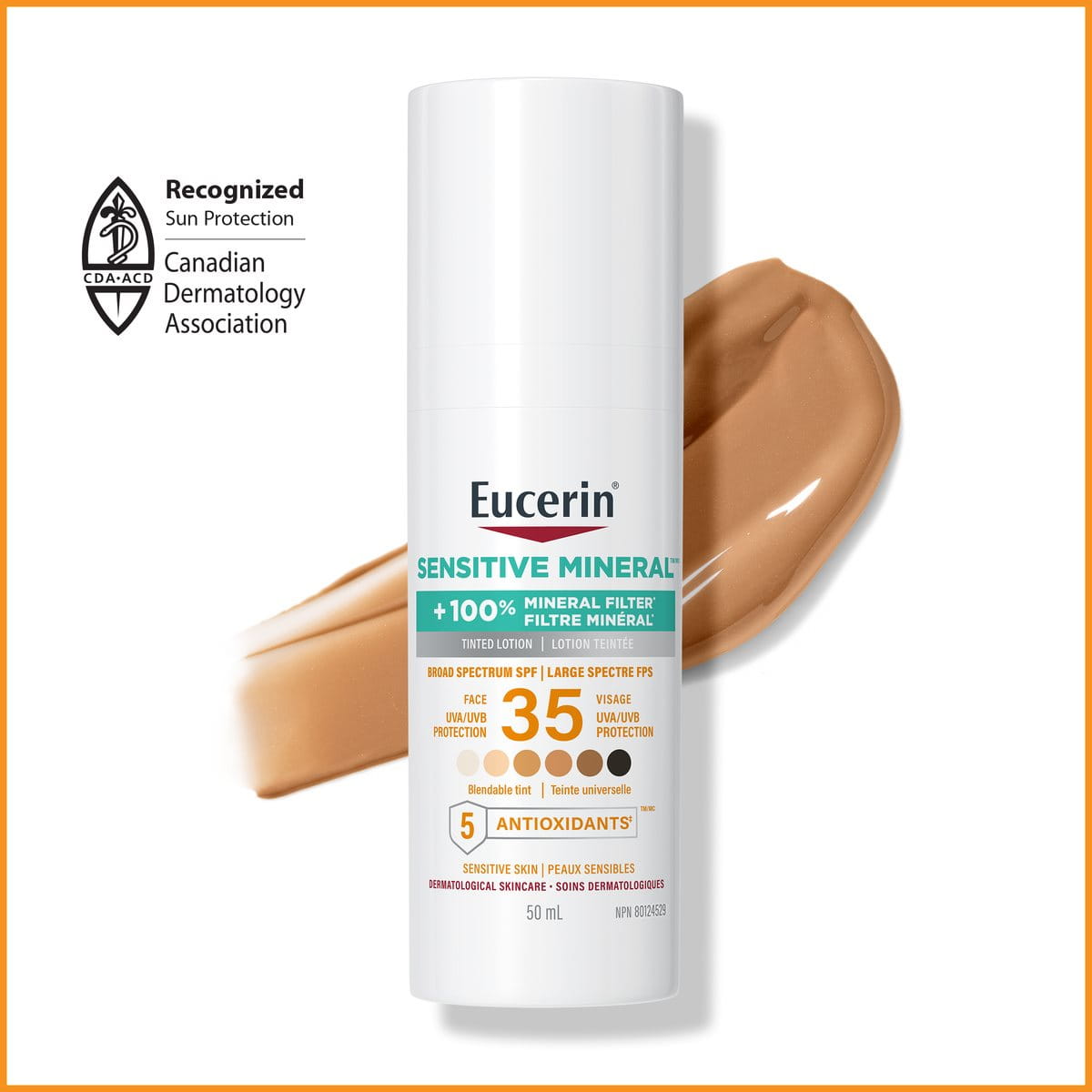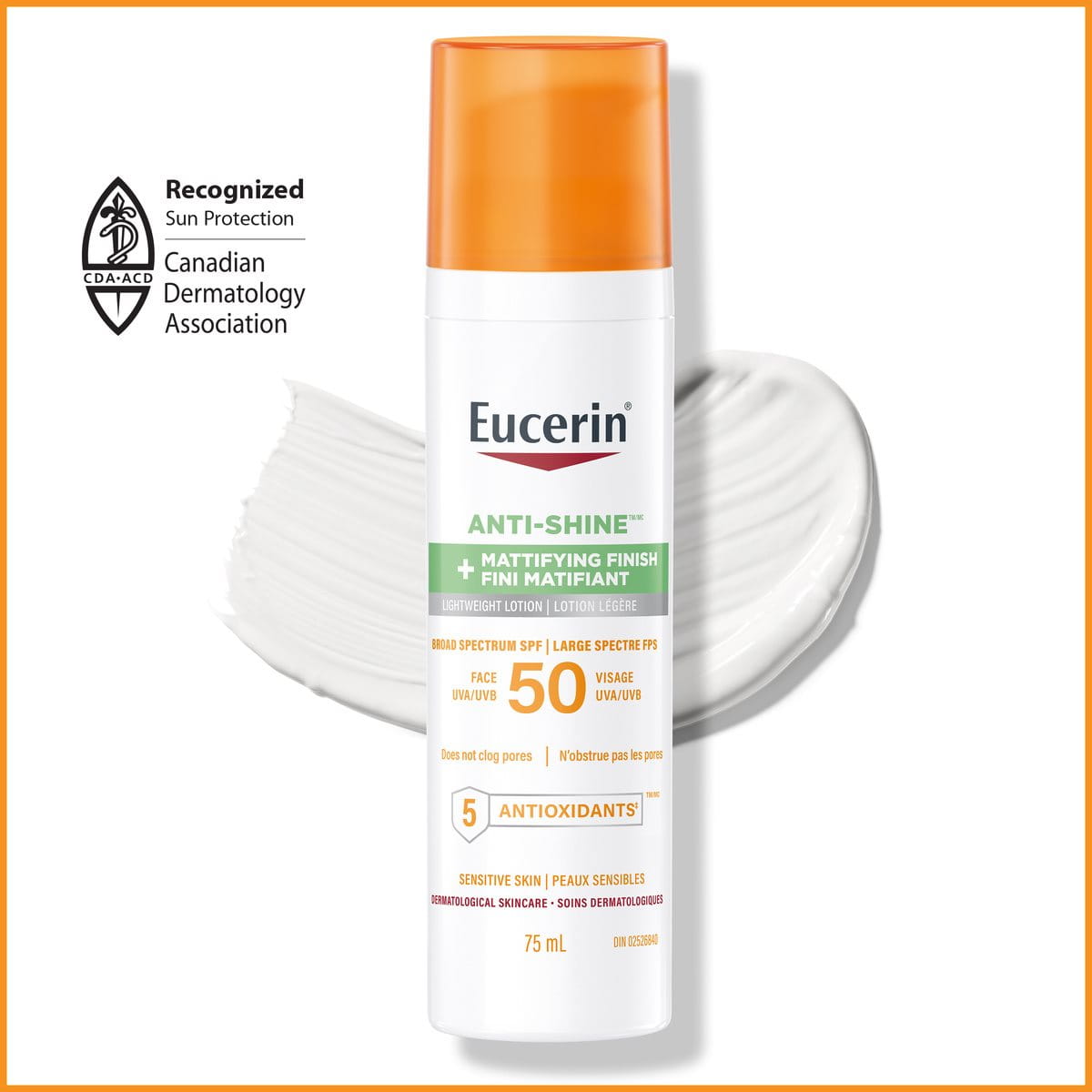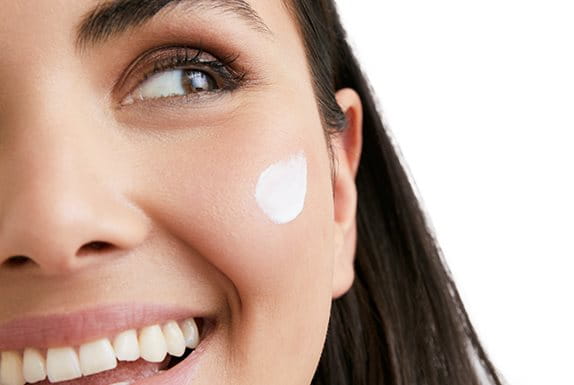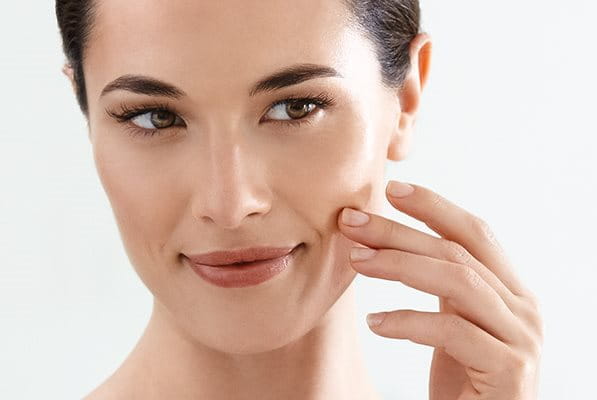There are many misconceptions about sunscreen and its effect on tanning. Many people skip sun protection to get a tan, mistakenly believing that sunscreen prevents tanning altogether. They also might assume a sunburn will always turn into a tan, which is untrue and unsafe.
This article will explain the relationship between tanning and sunscreen, and the importance of applying SPF when exposed to the sun.
Can you tan with sunscreen?
The short answer is yes, but don’t assume that just because you’re wearing sunscreen that you’re completely protected from the sun’s harmful UV rays. While it’s common knowledge that getting a sunburn is a sign of sun damage, many people don’t realize that tanning is also a sign of sun damage.
Since sunscreen helps to protect the skin from the sun’s harmful rays, you can help prevent sunburn and tanning, to an extent. Choosing a sunscreen with a high SPF can stop a higher percentage of UV rays from the sun, but no sunscreen, no matter how high the SPF, can stop 100% of the sun’s harmful rays.
This means that areas of skin exposed to the sun, even when wearing sunscreen, can be vulnerable to tanning, particularly if sunscreen is inadequately or improperly applied.
Understanding UVA & UVB rays
The sun produces invisible ultraviolet (UV) radiation that causes damage to the skin resulting in a tan or burn. Two types of the sun’s UV rays damage your skin:
- UVA Rays: These have a longer wavelength and are the main cause of tanning and wrinkles, known as photoaging. Photoaging is responsible for 90% of visible changes in the skin.
- UVB Rays: These have a shorter wavelength and are the primary cause of sunburns.
SPF and UV rays
SPF stands for Sun Protection Factor and is a measure of how well a sunscreen protects your skin from UVB rays. The higher the SPF, the greater percentage of UVB rays are stopped, but no sunscreen can stop 100% of the sun’s harmful rays.
How much do different SPF amounts stop the sun’s rays?
- SPF 30 stops up to 97% of UVB rays
- SPF 50 stops up to 98%.
- As SPFs get higher, the protection percentage is marginally higher, but never 100%.
Can you still get a sunburn even with a high SPF?
Yes. With SPF 30, for example, it will take roughly 30 times longer to burn than if you leave yourself unprotected in the sun, assuming it is correctly applied, but this often gives people a false sense of confidence as improper or inadequate application of sunscreen is common, and people may stay out in the sun longer without reapplying or taking other sun protection measures, falsely assuming they’re adequately protected the whole time.
How to get the most out of your SPF
In order to help protect your skin from sun damage, use sunscreen every day and ensure that you apply enough sunscreen, reapply at least every 2 hours or after getting wet or toweling off, and use sunscreen in conjunction with other sun protection measures such as wearing protective clothing, seeking shade, and avoiding sun exposure during peak hours of the day.
What are the risks of tanning without sunscreen?
UVA and UVB rays are harmful to your skin and exposing your skin to the sun without sunscreen leaves it vulnerable to UV-induced damage. Sunburn can have multiple negative consequences, both short and long-term, affecting both your health and self-esteem.
In the short term, tanning without sunscreen can lead to a sunburn and cause redness and discomfort and, if severe, even blistering and peeling.
Longer term, tanning without sunscreen can contribute to signs of photoaging such as dryness, wrinkles, sun-induced dark spots and uneven skin tone. As mentioned, UVA and UVB exposure also increases your risk of developing skin cancer.
How to stay safe in the sun
Sunscreen should be used every day because our skin isn’t only affected by the sun on warm, sunny days. UV rays are present all day, every day. So, regardless of the weather, even on rainy or overcast days, it is highly important to your health that you wear sunscreen when spending time outside. Choose a broad-spectrum sunscreen (meaning it helps protect the skin from both UVA and UVB rays) with an SPF of 30 or higher and follow directions for use, reapplying regularly.
In addition to wearing sunscreen, take other sun protection measures such as wearing long pants, long sleeves, hats, sunglasses, and other protective clothing when possible, seeking shade when spending time outdoors, and avoiding direct sun exposure during peak hours of the day.
Formulated to protect against both UVA and UVB rays, Eucerin Complete Hydration SPF 50 Face & Body Sunscreen Lotion has lightweight texture and an invisible finish suitable for daily use on the face and body. This sunscreen is formulated with Hyaluronic Acid and Humectants for an immediate and long-lasting hydrating effect. This sunscreen is hypoallergenic, free of fragrances, dyes, parabens, PABA, phthalates, ozybenzone and octinoxate.
When to apply sunscreen
Apply sunscreen 15-30 minutes before you go outside to ensure that it has had adequate time to protect your skin. Re-apply every two hours when out in the sun, or more regularly if you’re swimming, perspiring or towelling off.
Sunscreen tailored to your skin
Everyone’s skin is different, so it is important to choose the right sunscreen for your skin’s unique needs. Eucerin’s sun protection range offers a variety of sunscreens to suit different skin types, from sunscreen for oily skin, to hydrating sunscreen for dry skin, sunscreen for sensitive skin, and sunscreen to help reduce the appearance of fine lines and wrinkles. Find the right Eucerin sunscreen for you.
FAQs: Does sunscreen prevent tanning?
What type of sunscreen should I use?
Choosing a sunscreen comes down to your skin’s unique needs and your personal preference. As a general rule, choose a broad-spectrum sunscreen with a high SPF (at least 30), and when using sunscreen on your face, choose a face sunscreen catered to your needs.
Do I need to apply sunscreen if I’m tanning indoors?
Yes, but remember – whether indoor or outdoor, “there is no such thing as a safe or healthy tan”. Tanning beds emit UV radiation that can harm skin just as the sun’s UV rays can, and there are actually more cases of skin cancer due to indoor tanning than lung cancer due to smoking worldwide.
Can you tan with SPF 50?
It is possible to tan with an SPF of any number as tanning is a sign of sun damage and no sunscreen, no matter how high the SPF, can protect you completely from the sun’s harmful rays.
How long does it take to tan with SPF 50?
In theory, assuming that a sufficient amount of sunscreen is applied and used perfectly according to the Drug Facts Box, it should take approximately 50 times as long to experience sun damage in the form of a tan or burn than it would normally for your skin if you were unprotected from the sun.
However, ‘real world’ use is not the same as laboratory use and it is common for sunscreen users to not apply sunscreen properly or to not reapply as often as required, leaving them vulnerable to tanning and burning more quickly.
The information provided herein is not intended to be medical advice. Nor is it intended to treat the underlying skin disease or condition. The information is provided solely to:
- Moisturize, soften and smooth dry skin
- Improve the appearance of the skin
- Achieve healthier-looking skin
Our brand values

We deliver a holistic dermo-cosmetic approach to protect your skin, keep it healthy and radiant.

For over 100 years, we have dedicated ourselves to researching and innovating in the field of skin science. We believe in creating active ingredients and soothing formulas with high tolerability that work to help you live your life better each day.

We work together with leading dermatologist and pharmacist partners around the world to create innovative and effective skincare products they can trust and recommend.
